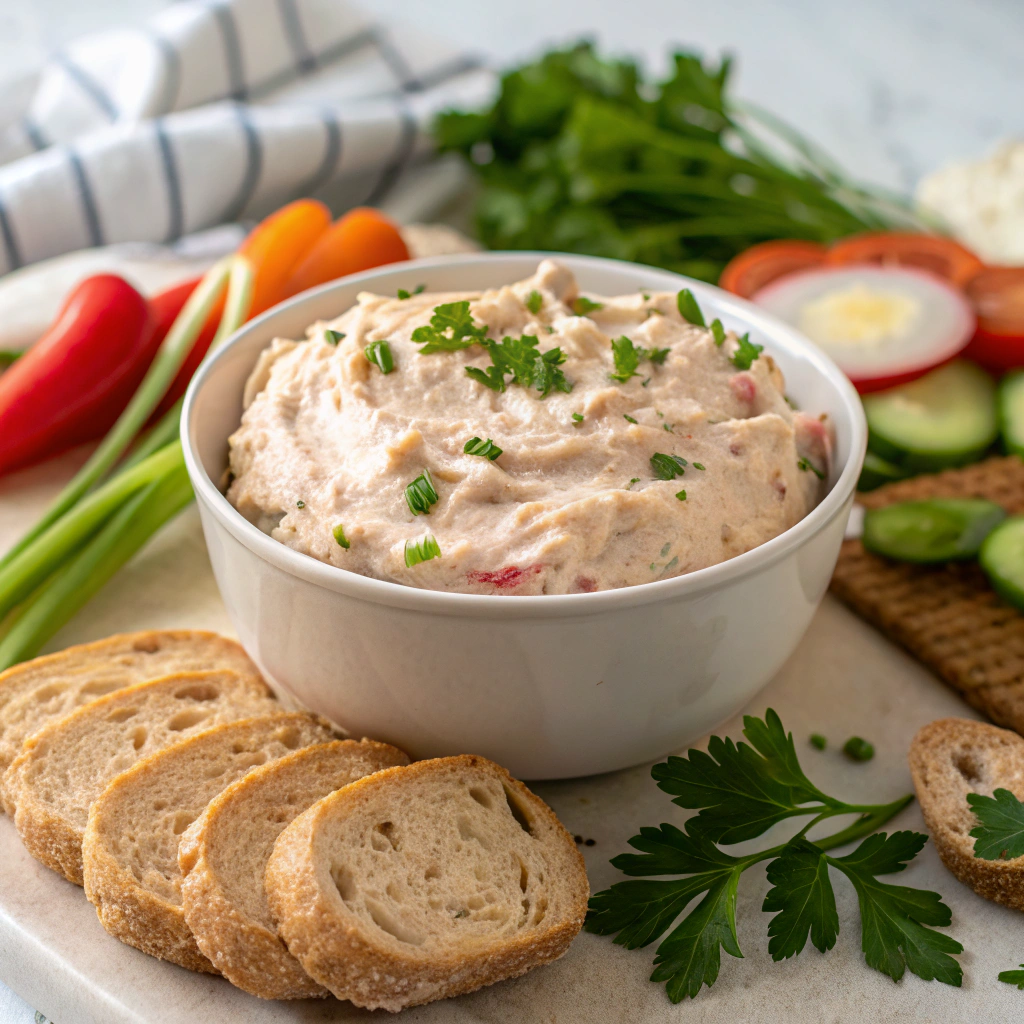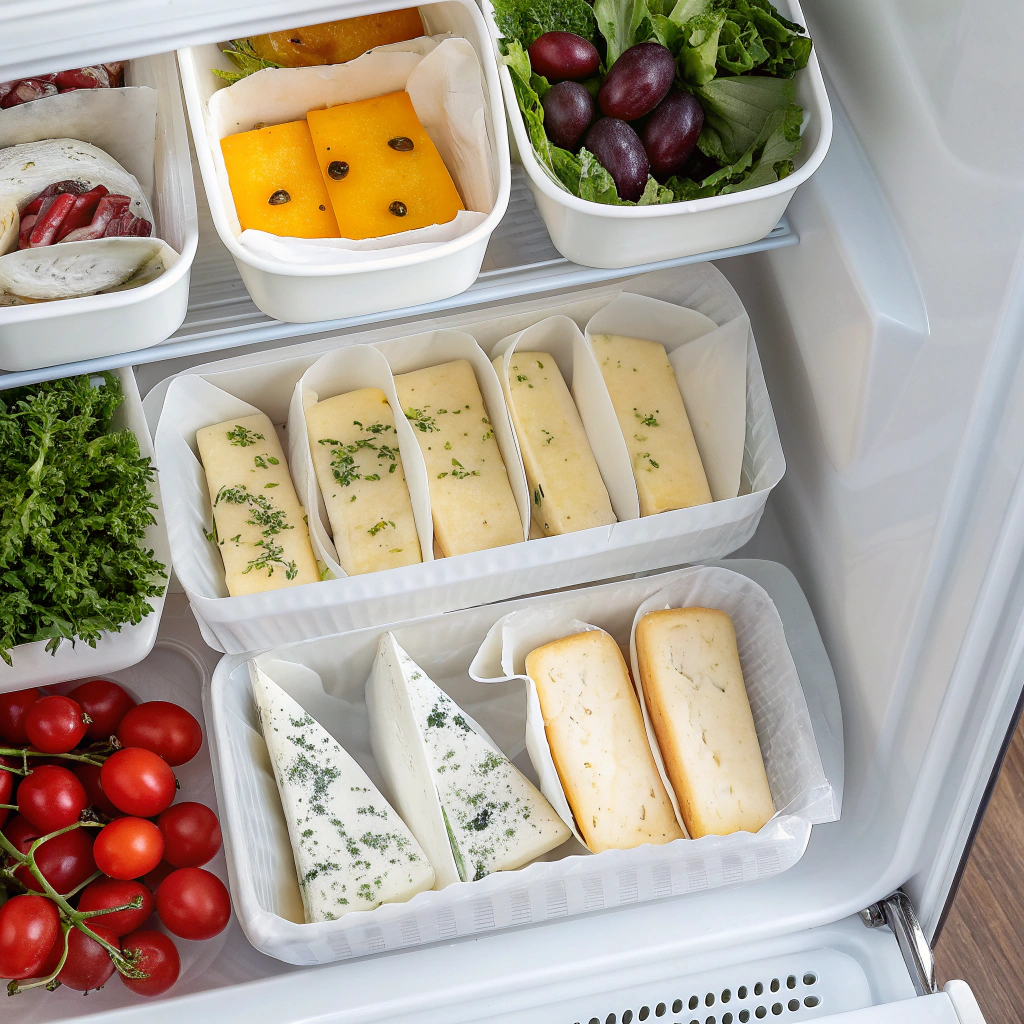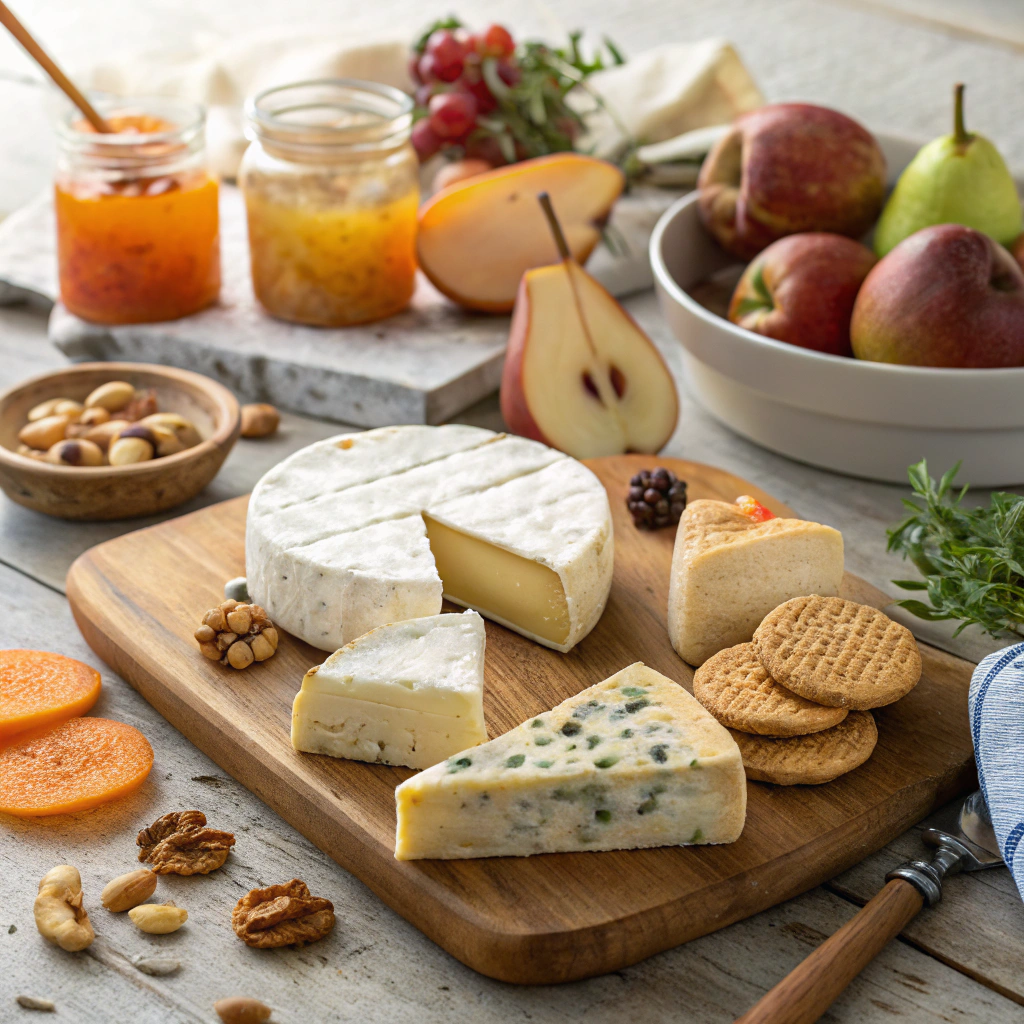Cheese lovers know that there’s a world of flavors and textures to explore, but moldy cheeses hold a special place on the culinary map. Lunchly mold cheese, known for its distinctive character, savory taste, and creamy texture, can elevate any meal. However, it also stirs questions about safety, freshness, and ideal usage. Understanding how to store, handle, and enjoy lunchly mold cheese safely is crucial for both taste and health.
Whether you’re new to this intriguing cheese or a seasoned foodie, this guide covers everything you need to know—from identifying safe mold to creative recipe ideas. Dive in to discover how to truly savor lunchly mold cheese without worry.
Understanding Lunchly Mold Cheese: Types, Flavors, and Uses
Lunchly mold cheese stands out for its unique mold cultures, which are deliberately introduced during the cheese-making process. This controlled mold growth produces distinct flavors, aromas, and appearances, setting Lunchly mold Cheese apart from other varieties.
Traditionally, these cheeses fall into several categories:
– Blue-veined cheeses : Such as Roquefort or Gorgonzola, where blue or green veins develop from Penicillium cultures.
– White mold cheeses : Like Brie and Camembert, coated in a soft, edible white rind.
– Washed-rind cheeses : Washed in brine and cultures, leading to bold flavors and distinctive orange or pinkish molds.
As a result, the taste spectrum of lunchly mold cheese ranges from delicate and buttery to assertively pungent. On the other hand, texture can vary, from oozy and creamy interiors to firm and crumbly bodies. The right Lunchly and Cheese can elevate salads, sandwiches, cheese boards, and even cooked dishes.
When selecting a cheese, always consider its intended use. For example, creamy white mold cheeses work well spread on bread or crackers, while blue-veined types shine in salads or melted in sauces. High-quality cheese shops often provide a range of options, including both domestic and imported, letting you experiment with tastes and textures.
For more insights into cheese types and characteristics, the [U.S. Department of Agriculture’s Dairy Guide](https://www.ams.usda.gov/reports/dairy-markets-dairy-products-advanced) offers a comprehensive overview.
Safe Storage: Keeping Your Lunchly Mold Cheese Fresh
Proper storage is essential to preserve flavor, texture, and safety. mold cheese, thanks to its moisture content and active mold cultures, requires thoughtful care to stay at its best.
To maximize freshness :
– Wrap cheese in wax or parchment paper , not plastic. Allowing cheese to breathe prevents unwanted moisture buildup and off-flavors.
– Store in the vegetable crisper or a cheese drawer in your refrigerator. Ideal temperatures range between 35°F and 45°F.
– Keep similar cheese types together . Separating blues from white molds, for instance, avoids flavor and mold cross-contamination.
Moreover, regularly check the cheese for signs of spoilage, such as excessive slime, strong ammonia odors, or colors not characteristic of the original cheese. Healthy mold is usually blue, green, or white and appears in specific patterns unique to each type.
Extend shelf life by purchasing only what you’ll use within a week or two. In contrast, hard-rinded and blue mold cheeses often last longer than soft varieties. If storing leftovers, rewrap with fresh paper and note the opening date. Refrain from freezing lunchly mold cheese, as thawing affects both texture and taste.
For robust food safety guidelines, consult the U.S. Food & Drug Administration’s resource on cheese safety .

Spotting the Good Mold vs. Bad Mold
Mold is a crucial part of Lunchly mold cheese, but how can you distinguish between the molds you want and those you don’t? Recognizing the difference keeps your cheese experience both enjoyable and safe.
Traditionally, desirable molds are introduced during cheese-making and appear as:
– Blue or blue-green veins (Penicillium roqueforti, for example)
– White, fluffy or velvety rinds (Penicillium candidum)
– Orange and red-orange sticky or “tacky” washed rinds
Meanwhile, unwanted molds may present as fuzzy, pink, black, or grey spots, especially if accompanied by odd odors (like ammonia or harsh bitterness). Discard any soft Lunchly mold cheese if you see these colors or if the cheese feels excessively slimy. However, with hard mold cheese, you can sometimes cut off at least an inch around unwanted mold, preserving the remaining portion.
Tips for safely enjoying lunchly mold :
– Inspect all cheese before use
– Always use a clean knife when cutting
– Never leave cheese out at room temperature for more than two hours
In fact, buying from reputable dairies and trusted cheesemongers reduces the risk of exposure to harmful molds. For more on microbial safety in foods, the [Centers for Disease Control and Prevention (CDC)](https://www.cdc.gov/foodsafety/communication/cheese.html) offers useful food safety resources.
Serving and Pairing : Tips for Maximum Enjoyment
Lunchly mold Cheese deserves thoughtful service to showcase its flavors and texture. Start by bringing cheese to room temperature before serving; this typically takes about 30 minutes but allows aromas and mouthfeel to blossom.
As a result, a well-arranged cheese board makes the experience memorable. Consider these serving ideas:
– Pair with fresh fruit, such as apples, pears, or figs
– Add nuts for contrasting crunch
– Offer honey or jams to balance intensity
– Provide both rustic bread and plain crackers
On the other hand, Lunchly mold Cheese adapts well beyond the Cheese plate. Try crumbling blue-veined cheese over salads, melting white rind cheese on roasted vegetables, or using slices in gourmet grilled sandwiches. Wine pairings vary; whites like Riesling or Sauvignon Blanc match softer mold cheeses, whereas bold reds or fortified wines accompany stronger blues beautifully.
Storing leftovers? Wrap each cheese separately after serving. Return to the fridge promptly to maintain freshness and safety. Meanwhile, avoid mixing strong and mild cheeses to prevent flavor transfer.
Recipe: lunchly Mold Cheese Spread with Fresh Herbs
Embrace the unique qualities of lunchly mold Cheese in a simple, flavorful spread that works for lunchboxes, picnics, or appetizers. This easy recipe highlights the tangy flavor of mold cheese with the freshness of herbs.
Ingredients
- – 6 ounces lunchly mold cheese blue-veined or soft-rinded preferred
- – 4 ounces cream cheese softened
- – 2 tablespoons chopped fresh chives
- – 1 tablespoon fresh parsley chopped
- – 1 teaspoon lemon juice
- – 1 tablespoon olive oil
- – Freshly ground black pepper to taste
- – Optional: 1 clove garlic minced
Preparation Method :
1. Let lunchly mold cheese and cream cheese soften at room temperature for 30 minutes.
2. Remove any rind from the mold cheese if desired. Crumble or chop the Cheese into small pieces.
3. In a mixing bowl, combine the lunchly mold cheese and cream cheese until smooth and well blended. Use a fork or hand mixer for a creamier texture.
4. Stir in the chopped chives, parsley, lemon juice, olive oil, and black pepper. Add garlic if you like extra flavor.
5. Taste and adjust seasoning as needed.
6. Transfer the spread to a serving bowl. Cover and chill for at least 30 minutes to allow flavors to meld.
Serve with fresh bread, crisp crackers, or sliced vegetables. This spread also makes a delicious sandwich filling or topping for burgers. For a more intense taste, substitute with a stronger variety of lunchly mold cheese.

Conclusion: Savoring Lunchly Mold Cheese Safely and Deliciously
Lunchly mold cheese delivers bold flavors and sophisticated textures, making it a favorite among cheese enthusiasts. Safely enjoying this unique cheese means knowing how to store it, identify healthy vs. harmful molds, and use it creatively in recipes.
By following safe storage practices, inspecting your cheese carefully, and pairing it with complementary foods, you can confidently enjoy the richness of lunchly mold cheese. Its versatility is unmatched—transforming even simple meals into gourmet experiences.
Explore different varieties to discover your favorite, and don’t hesitate to experiment with new serving ideas or recipes at home. Ultimately, with a mindful approach, lunchly mold cheese will become a rewarding staple in your culinary repertoire.
For more healthy and time-saving lunch ideas, check out our Lunch Dose: Quick and Healthy Meal Ideas for Busy People.

1 thought on “Lunchly Mold Cheese: The Ultimate Guide to Safe Storage and Usage”
Comments are closed.